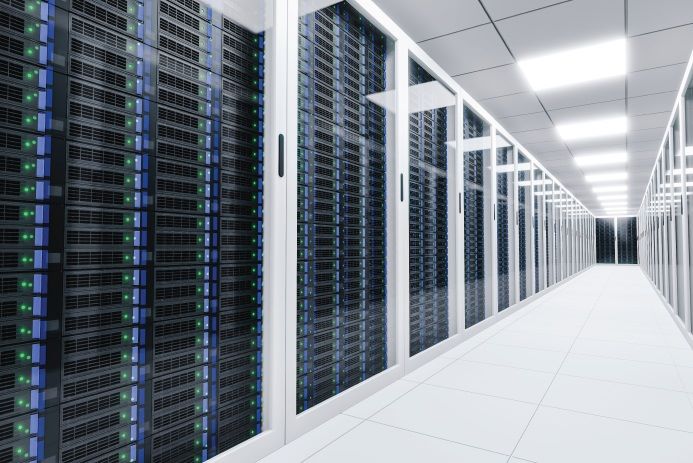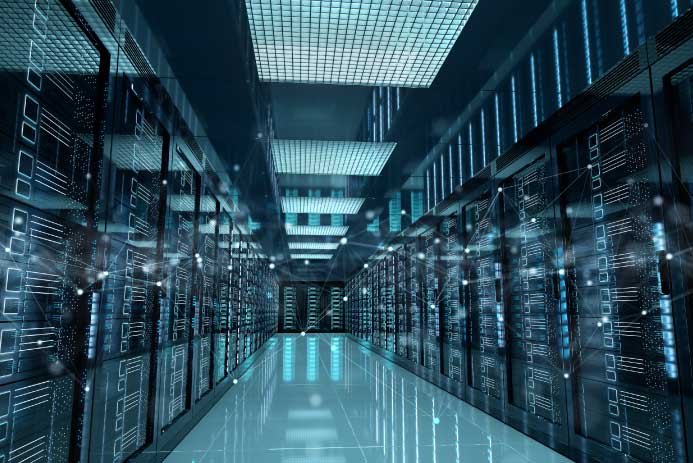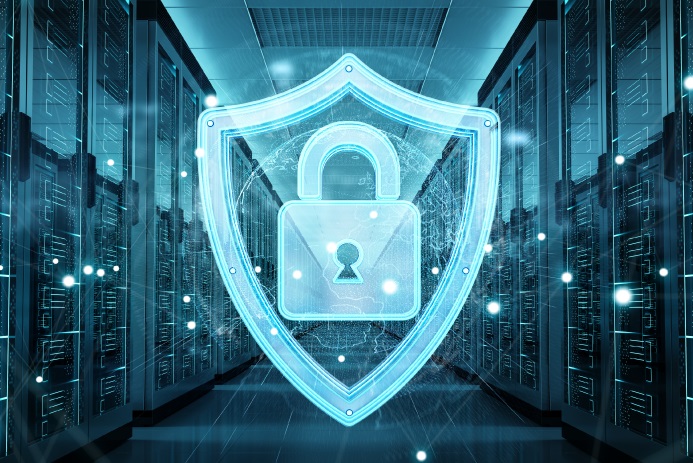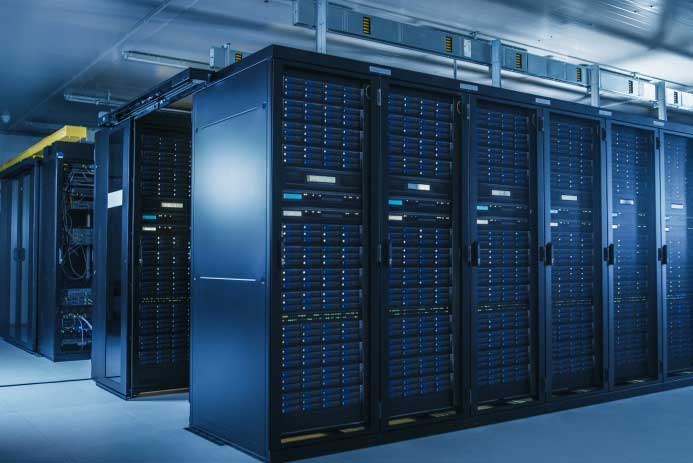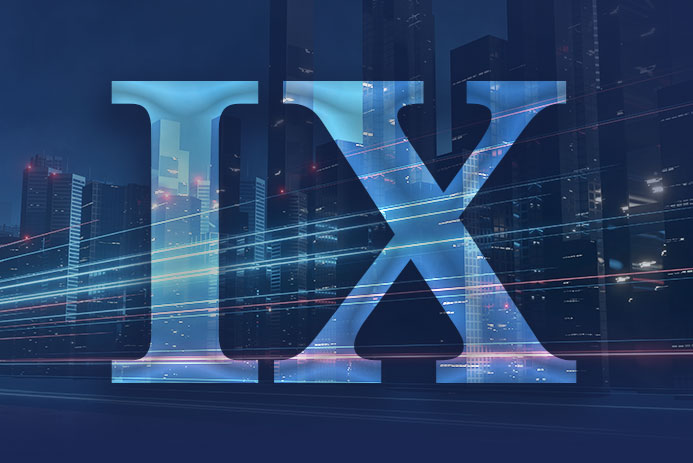In today’s digital era, where data serves as the lifeblood of businesses, the significance of a dependable and efficient data center cannot be emphasised enough. Selecting the right data center is a critical decision with far-reaching effects on your operations’ performance, security, and scalability. To navigate this intricate landscape successfully, it’s imperative to thoroughly understand the various data center ratings, specifically the Data Center Tiers.
Data center tiers play a pivotal role when it comes to choosing a facility for hosting your valuable data. These tier ratings unveil the extent of reliability and performance that a data center can deliver. Failing to consider the right tier can result in potential downtime issues and unnecessary financial expenditures.
Data Center Tiers: A Comprehensive Evaluation
Data center tiers serve as a standardised measure for evaluating the reliability of a facility’s infrastructure, ranging from Tier 1 (lowest) to Tier 4 (highest). International organisations such as the Uptime Institute (UTI) and the Telecommunications Industry Association (TIA) are instrumental in assigning these classifications. The assessment criteria include Uptime Guarantees, Fault tolerance (ability to manage planned and unplanned disruptions), and Service costs.
This impartial tier system offers an unbiased understanding of a data center’s operational efficiency.
Understanding Data Center Ratings
Data center ratings serve as a standard for gauging the reliability and performance of these facilities. One widely recognised standard is the Uptime Institute’s Tier Classification System. This system categorises data centers into four tiers, each reflecting a specific level of reliability, redundancy, and fault tolerance.
1. Tier I Basic Capacity: This level may require site-wide shutdowns for maintenance or repair work. Capacity or distribution failures can impact the site, and the data center has a single path for power and cooling with no backup components. Tier I offers an expected uptime of 99.671% per year.
2. Tier II Redundant Capacity Components: Maintenance-related site-wide shutdowns are still necessary at this level. Capacity failures and distribution failures can affect the site. While Tier II also has a single path for power and cooling, it offers some redundancy and backup components, with an expected uptime of 99.741% per year.
3. Tier III Concurrently Maintainable: This tier allows the removal of every capacity component and distribution path for planned maintenance without affecting operations. Tier III data centers feature multiple paths for power and cooling, along with redundant systems that enable staff to work on the setup without taking it offline. Tier III provides an expected uptime of 99.982% per year.
4. Tier IV Fault Tolerant: Even an individual equipment failure or distribution path interruption will not disrupt operations at this tier, which is also Concurrently Maintainable. Tier IV represents a completely fault-tolerant data center with redundancy for every component, boasting an expected uptime of 99.995% per year.
Data center personnel typically submit site plans and blueprints (known as Tier Certification of Design Documents) to these organisations to receive an official rating. Representatives from the respective organisations then conduct on-site inspections to evaluate operations and assign an appropriate rating.
It’s noteworthy that having a tier rating is not obligatory, and not all data centers undergo this evaluation.
Partnership For Success: Yotta Data Centers
As the digital landscape evolves, choosing a top-tier data center is essential in ensuring the reliability, efficiency, and sustainability of your operations. Yotta a colocation data center is one of the leading data centers in India. Equipped with advanced security measures, redundant power systems, and robust cooling mechanisms Yotta provides a comprehensive range of solutions to meet evolving business needs.
The Yotta NM1 Data Center in Mumbai offers a host of advanced features, ensuring an optimal environment for business infrastructure. With 7200 rack capacity, 30.4MW power capacity, and 4 dedicated fibre paths, the data center has a design PUE of 1.4. It holds the distinction of being the first and only facility in India to receive validation with a Tier IV Gold Certificate for Operational Sustainability (TCOS) from Uptime Institute.
The Yotta D1 Data Center in Greater Noida, Delhi sprawls across 300,000 sq. ft and strategically situates itself near major innovation clusters. This location facilitates industry-leading uptime, connectivity, and fault tolerance. The facility stands equipped with 5000 rack capacity, 28.8MW power, and an impressive design PUE of 1.4.
Choosing the right data center is not merely selecting a service provider; it is forging a strategic partnership that propels your business toward success. Yotta offers not just solutions but a commitment to excellence, innovation, and the seamless evolution of your digital journey.














